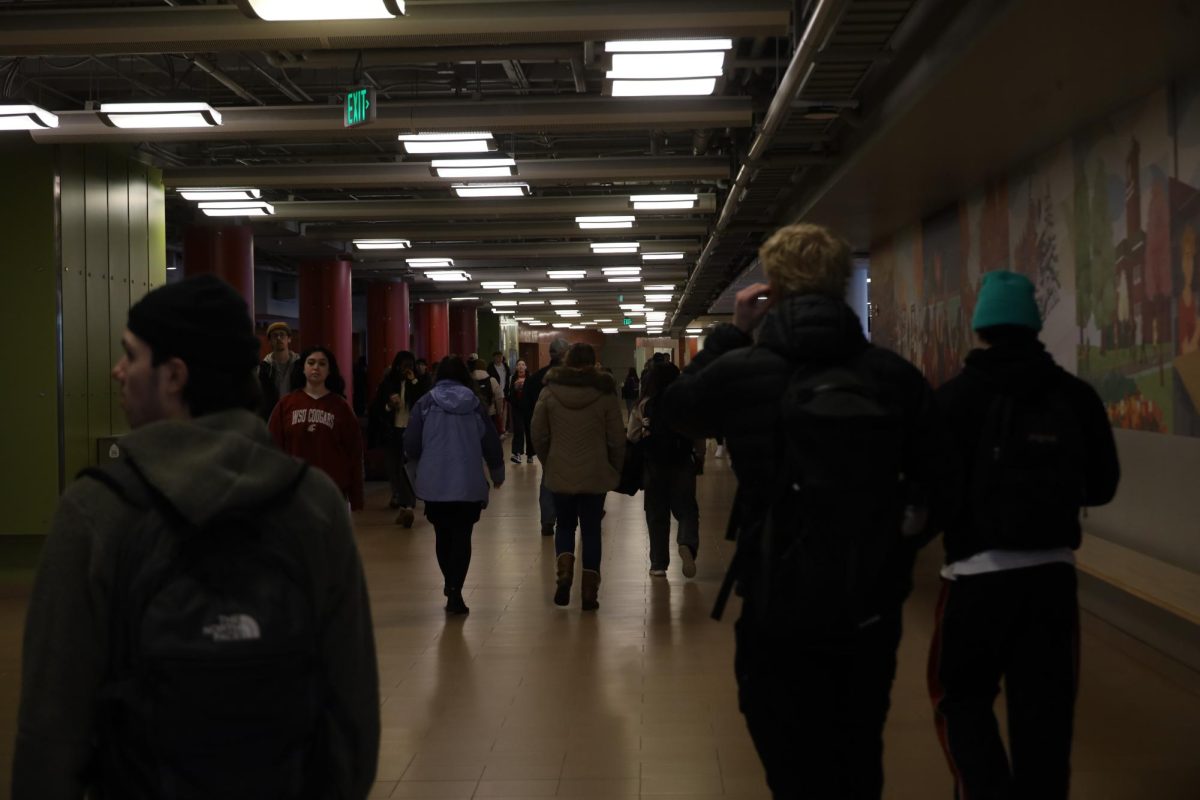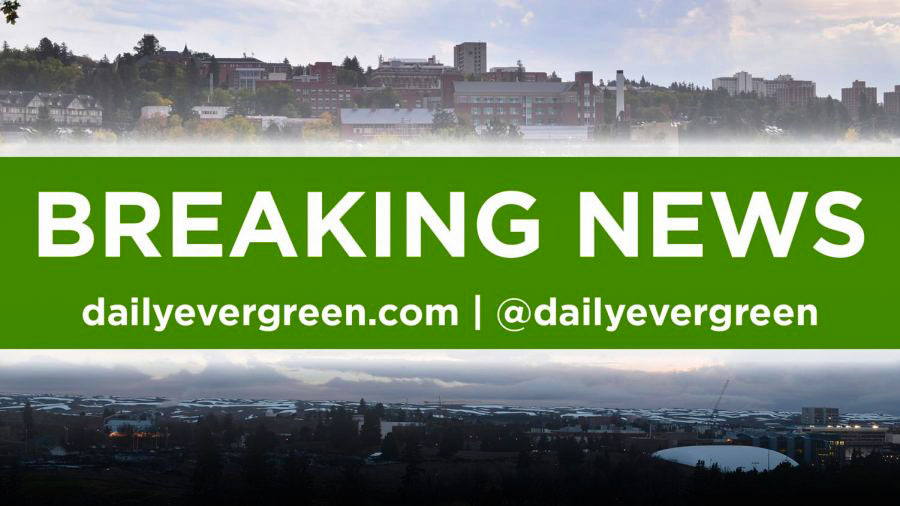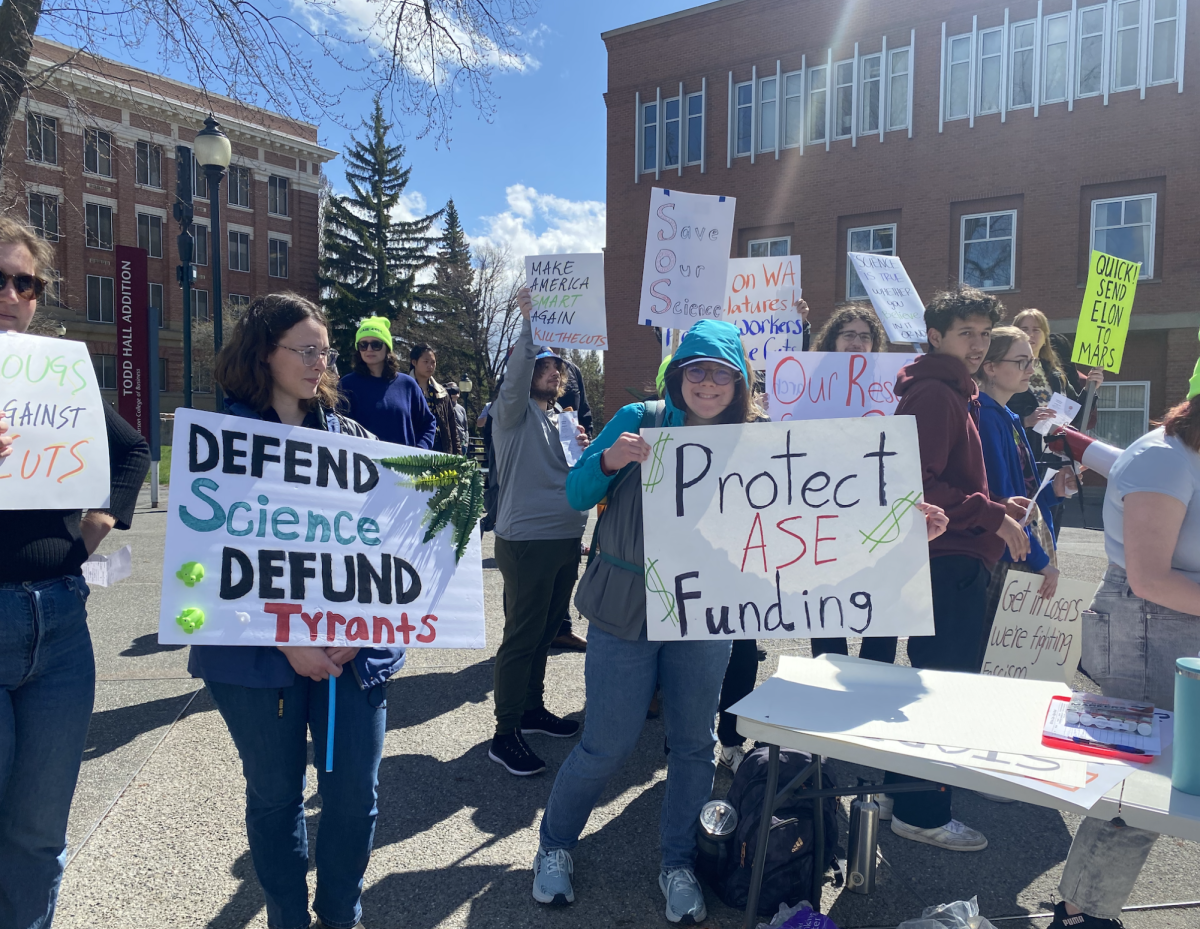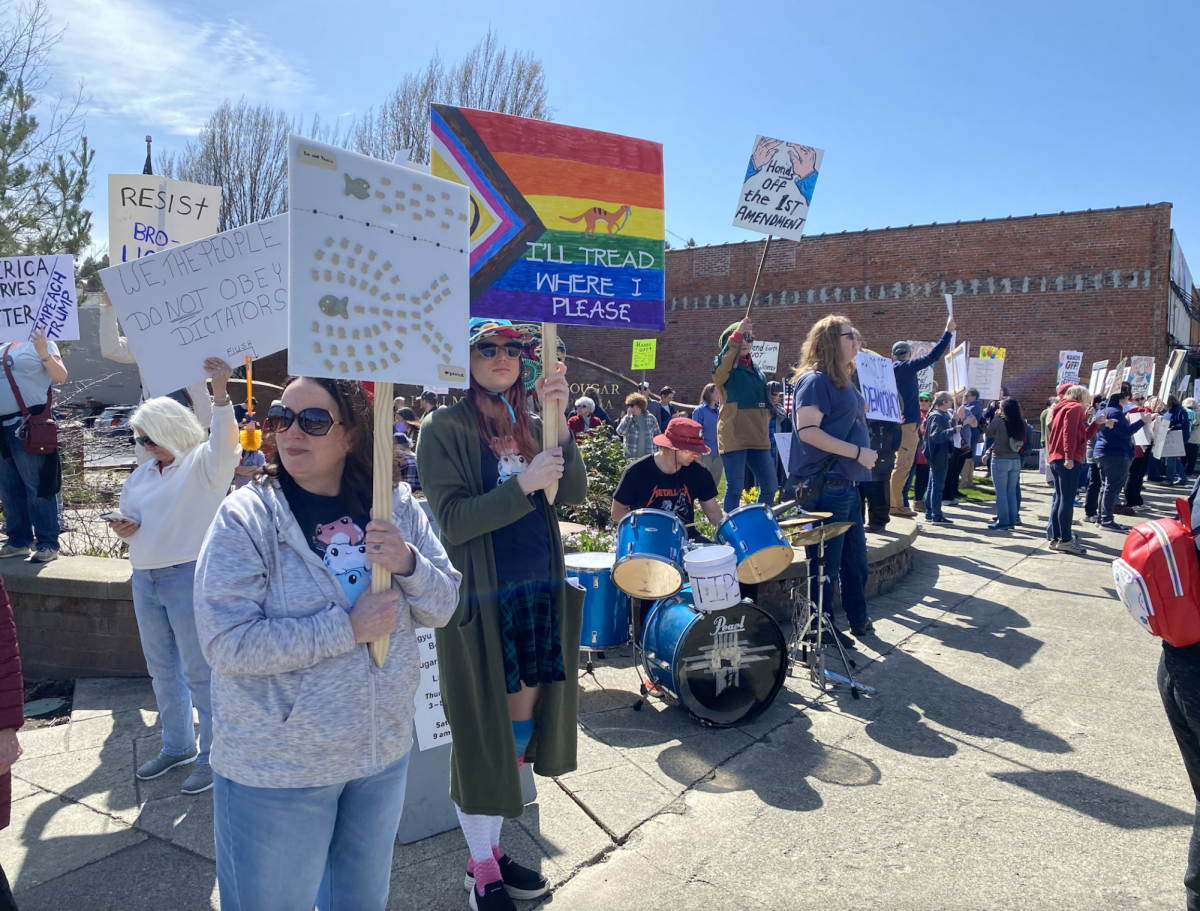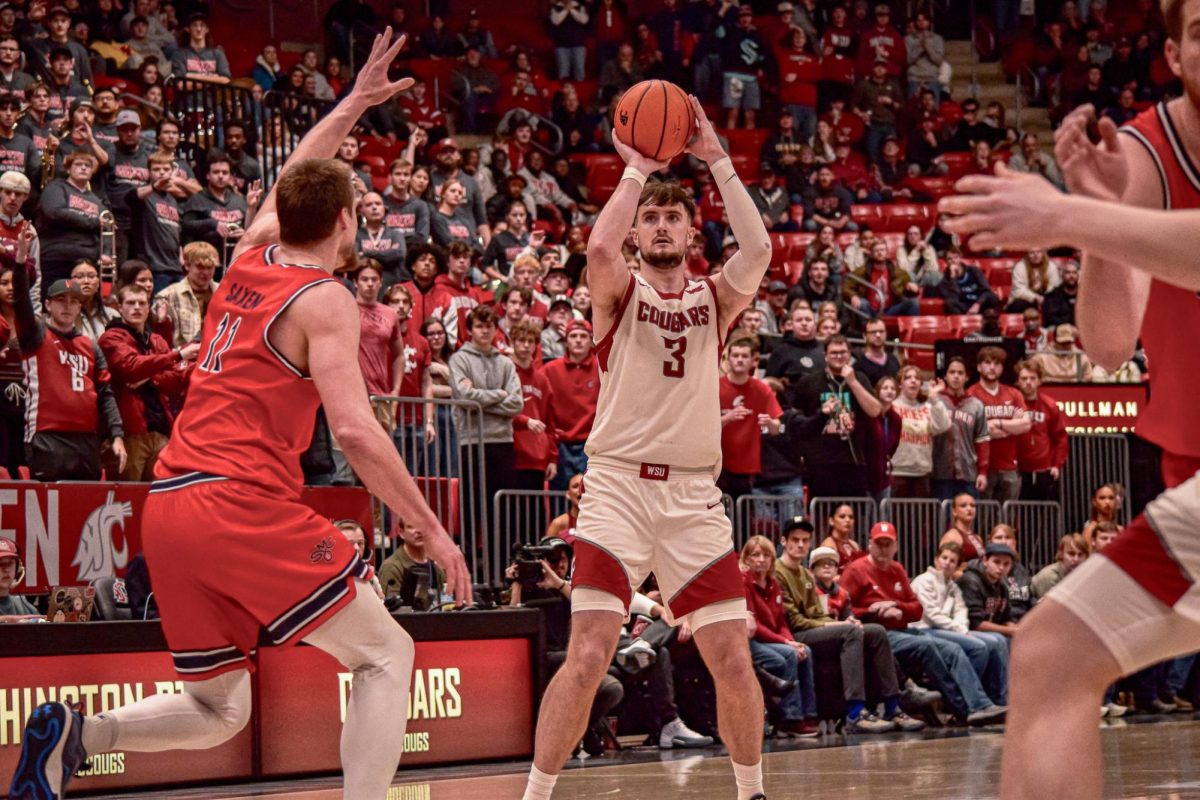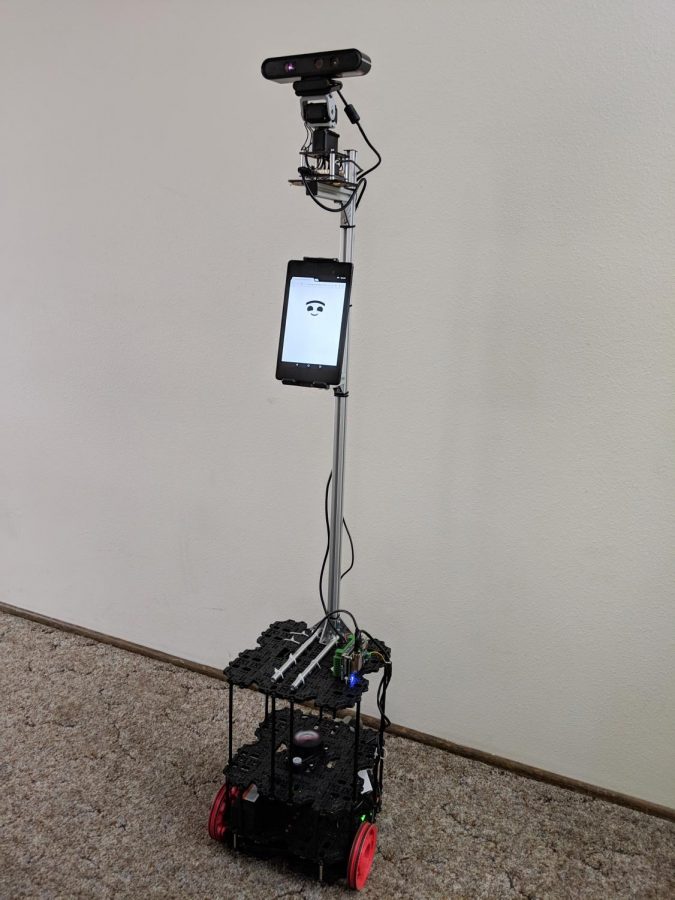Fall 2024 saw a 2.4% increase in first-time first-year students. This increase translates to 4,350 students enrolled compared to the previous year’s 4,249 students, according to WSU Data and Information’s New Student Enrollment dashboard.
Based on this data, both years show an increase from 2022, where only 3,991 first-time first-years enrolled in 2022.
Phil Weiler, marketing and communications vice president, said a first-year enrollment increase is a significant benchmark for WSU aside from total enrollment. Much of this increase is also due largely to the efforts of WSU’s Enrollment Management Office. Beyond joining the Common App to make applications to WSU easier for students, these efforts included instant decision days, Weiler said.
“If a student walks up at an [instant decision day] event [with] with their transcript, they have a high enough grade point average and they’ve taken the right courses, right there on the spot they are told ‘congratulations, you have been accepted to Washington State University,’” he said.
According to Weiler, this was also done with a particular focus on reaching students in the western part of the state. The 2023 Apple Cup was seen as a chance to capitalize on being in the Seattle area.
“Enrollment Management took that challenge and said, ‘We’re going to do instant decision days, we’re going to hold a big event for all comers, but we’re also going to go to high schools all over the state, or all over that region,” he said. “Over that week, they did 80 separate instant decision day events at high schools, community centers[and] in Seattle itself, and just sort of blitzed through the western half of the state, encouraging students saying bring your basic GPA information and if you qualify, you’ll be admitted on the spot.”
Freshman zoology major Marlo Buttrell from Vancouver, Washington, experienced one of these instant decision days.
“There was an instant decision day at my school, and I knew I was looking at WSU and [knew that] if my GPA was 3.0 or higher I was automatically in,” she said. “My GPA was not so I just kept emailing…and it was never really a decision, I kind of picked this place and then stuck with it.”
Weiler said efforts were made to reach out to Spanish speakers in particular to increase their WSU attendance.
“We launched a brand marketing campaign this year called “Here We Go” (and) we provided all those materials in Spanish,” he said. “There are nine counties in the state of Washington that have a high percentage of native Spanish speakers…if you live in one of those counties, chances are you are going to receive these marketing materials in Spanish.”
Freshman chemistry major Felicity Sibounheuang from Kent indicated WSU’s connection to students of different cultural backgrounds also aided in her choice due to the school’s proximity to home and her Asian American and Pacific Islander (AAPI) mentor.
“I liked how it was far from home but still close enough to travel back by car,” Sibounheuang said. “When I was applying, I got connected with my AAPI mentor, so I was talking with her a lot before.”
Isabella Cho, a freshman business market major, said WSU being a state school family members had attended made it a more attractive option for her.
“We have an important position in the market… we are the (Washington) land-grant university, we are here to serve students who traditionally would not go to college, Weiler said. “I think we play a critical role in society and that gives us a broader pool to draw from than if we were a liberal arts university where you don’t necessarily get a lot of federal financial aid.”
Weiler said the increase demonstrates that WSU is in a better position following lower enrollment rates in 2020, 2021 and 2022.
“The way that we’re going to get back to a place where we need to be, from an enrollment perspective, is by building those first-year incoming classes,” Weiler said.
This increase is especially notable, as it was concurrent with nationwide issues the federal government had with FAFSA.
“[As] a land grant university, we exist to provide access to higher education…we work with students who may not have the same economic advantages as say, a student going to the University of Washington, (as) UW is not an access university,” Weiler said. “The winds were all against us, [and] despite those challenges, we saw a 2.4% increase.”
To deal with the effects of FAFSA issues at the time, WSU’s Enrollment Management Office and Student Financial Services connected with students and assisted them with the aid application process, he said.
“The Student Financial Services team started reaching out and doing one one-on-one outreach to students…we know that if a student does not complete FAFSA, the likelihood of them actually coming is really low…contacting students on a one-by-one basis to help them complete the FAFSA and help them and their parents, it paid dividends,” Weiler said. “We actually saw an increase, as opposed to what everyone assumed would be a decrease for all schools, particularly schools like ours.”


